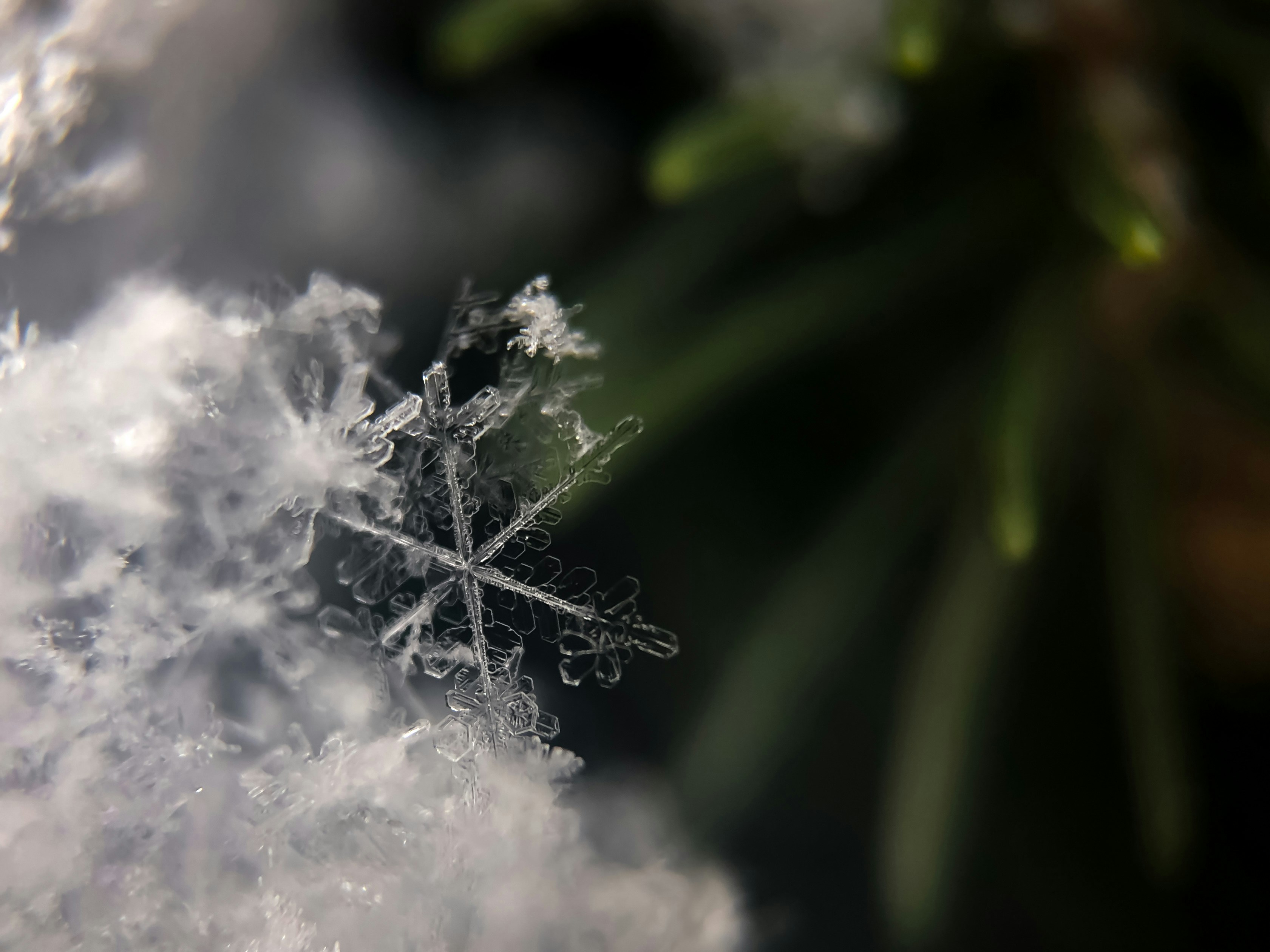Have you ever wondered how immersing yourself in cold water can possibly be good for your health? The practice, often called cold plunging, might sound like something you’d rather leave to those with an unusual affinity for the cold, but it has recently gained attention for its potential benefits on cellular autophagy.
Understanding the Science: What is Cellular Autophagy?
Before diving into the relationship between cold plunging and cellular autophagy, it’s essential to grasp the concept of autophagy itself. Picture your body’s cells as tiny factories. Like any factory, they produce waste and sometimes malfunction, leading to debris buildup affecting operations. This is where autophagy comes in—a process akin to a diligent janitorial team cleaning up the factory floor, recycling the waste to maintain optimal function.
Autophagy is the body’s way of cleaning out damaged cells, in order to regenerate newer, healthier cells. Essentially, it is the body’s internal recyling system that not only helps remove unnecessary or dysfunctional components but also plays a pivotal role in cell maintenance, survival, and function.
Why is Autophagy Important?
Without regular cleanup, cells can accumulate damage, which could contribute to a host of issues—aging, chronic diseases, and even cancer. By facilitating the degradation and recycling of cellular components, autophagy helps maintain cellular health, longevity, and function. It also plays a crucial role in responding to stressors or injuries, fortifying the body’s defenses at a fundamental level.
Cold Plunging: What’s the Story?
Imagine stepping into a bathtub of ice-cold water. Your body immediately reacts, not with pleasure, but with a shiver down your spine, goosebumps spreading like a brisk contagion across your skin. But beneath the immediate discomfort lurks a series of fascinating physiological responses. Cold plunging, or immersing oneself in cold water, often below 15°C (59°F), is a practice that has been around for centuries across various cultures for its presumed health benefits.
The Immediate Effects
The immediate shock of the cold prompts your body to work harder to maintain its core temperature, resulting in an increased heart rate and adrenaline rush. This rush is similar to what you’d experience during a thrilling adventure. Your blood vessels constrict, directing blood towards vital organs, and oxygen capacity increases to aid survival.
Linking Cold Plunging to Autophagy
The intriguing part comes when you consider how this exposure might influence autophagy. You might be puzzled about how something so physically jarring could nurture cellular cleanliness and efficiency. The secret lies in the body’s stress response and adaptation mechanisms.
Stress Response and Cellular Cleanup
Cold plunging is a form of hormetic stress—an exposure to a small amount of stressor (cold) that activates your body’s adaptive responses, similar in principle to how exercise works. In response, the body activates pathways that may stimulate autophagy. This adaptive reaction, triggered by moderate stress, forces your cells to become more resilient and efficient by enhancing their cleanup processes, much like tidying up before an anticipated storm.
Hormesis: The Upside of Controlled Stress
Hormesis is an essential concept in understanding the benefits of cold plunging for autophagy. It’s the “what doesn’t kill you makes you stronger” effect at the cellular level. When you briefly expose your body to cold temperatures, there is evidence suggesting that stress-resilient pathways are activated in your cells. The idea is similar across anti-aging research where caloric restriction or other forms of mild stressors are used to promote health and longevity.
The Role of Brown Fat
One important player in the cold plunging story is brown adipose tissue, commonly known as brown fat. Unlike its white counterpart that stores energy, brown fat helps generate heat and regulate your body temperature in cold conditions, playing a significant role during cold plunging.
Brown Fat and Metabolism
Brown fat is metabolically active and is more prevalent in infants and tends to decrease as you age. When activated in cold conditions, it burns calories to produce heat—essentially contributing to weight maintenance and improved metabolic activities. Brown fat activation can also stimulate processes that lead to increased autophagy, integrating into the broader network of benefits conferred by cold exposure.
Navigating the Waters: How to Start Cold Plunging
If you’re convinced to give it a go, it’s crucial to transition carefully into cold plunging practice. Going from a hot shower to an outright ice bath might be too intense initially.
Baby Steps to Begin With
Start with a short duration, maybe 1-2 minutes, of cold showers at the end of your regular warm showers. This gentle introduction allows your body to acclimate to cold exposure.
Cold Showers
The easiest and most accessible method, cold showers, help you ease into the water’s icy embrace. Over time, gradually reduce the temperature and increase the duration, building your tolerance and comfort with cold water.
Cold Water Immersion
Once comfortable with cold showers, trying cold water immersion or baths can further intensify the benefits. This could be in the form of a dedicated cold plunge tub or a good ol’ cold river or lake if accessible and safe.
Safety First
Before embarking on frequent cold plunging adventures, it’s a good idea to consult with a healthcare professional, especially if you have existing medical conditions. It’s not just about the cold; it’s about your body’s response to it, and your overall health profile plays a significant role here.
Cold Plunging: More Than Just Autophagy
While our primary focus is on autophagy, cold plunging doesn’t stop there with benefits. Unexpectedly, through shivers and goosebumps, you might find other perks wriggling their way into your life.
Mental Clarity and Mood Improvement
The cold can indeed be a refreshing slap in the face, quite literally waking you up. It’s surprising how a short blast of cold water can leave you feeling invigorated and alert—not dissimilar to the effects of a strong cup of coffee but with a distinct refreshing clarity.
Hormone Regulation
Cold exposure impacts hormone regulation, especially concerning neurotransmitters like norepinephrine, which can boost your mood and attention while reducing inflammation. It’s the body’s way of letting you handle stress better, ironically by putting you under some controlled stress itself!
Skin and Immunity
Beyond mental perks, regular controlled exposure to cold may tone your skin, possibly improve its elasticity, and even bolster your immune defenses. The cold shock proteins and increased circulation induced by cold plunging are believed to enhance the skin’s resilience and immune function.

The Art of Listening to Your Body
Cold plunging is not about pushing yourself to extremes or proving resilience. It’s about enriching your life with another layer of health enhancement.
Understanding Your Limitations
Every person’s threshold for cold is different. It’s crucial to maintain a balance between building cold tolerance and recognizing your body’s limits. The aim is not just to withstand the cold at all costs, but to foster an environment where your body can effectively adapt and thrive.
The Power of Ritual
For some, cold plunging becomes more than just a health practice—it evolves into a ritual, a moment of meditation, or reflection. Embracing the chill with mindful presence can transform discomfort into a grounding experience, aligning the mind and body in a unique rhythm that only cold can orchestrate.
FAQs: Unpeeling Common Questions
You might have lingering questions or curiosities about this practice. Here are some common queries that come up when discussing cold plunging and its connections to autophagy.
Q: How long should I stay in cold water?
A: While seasoned enthusiasts might stay for 10-15 minutes, beginners should start small, around 2-5 minutes, gradually increasing as comfort allows. Always listen to your body—extreme shivering or numbness are clear signs to step out.
Q: Can everyone practice cold plunging?
A: Generally, yes, though individuals with certain cardiovascular conditions or other health concerns should consult with healthcare professionals beforehand.
Q: How often should I cold plunge?
A: Frequency varies per individual. Some might find benefit in daily exposure, while others might prefer a few times a week. Consistency, rather than quantity, can be key.
Q: What are signs I should stop?
A: If you experience uncontrollable shaking, numbness in extremities, or dizziness, it’s crucial to stop and warm up gradually.
In sum, by challenging ourselves in controlled environments like a cold plunge, we potentially unlock deep, cellular benefits that contribute to holistic health. Whether you choose to take a plunge into cold waters might be less about braving the chill and more about embracing a therapeutic tool that tunes your body, from the smallest cells onwards, to a more harmonized vitality. Isn’t it fascinating how the simple action of stepping into a cold bath could lead to a cascade of positive effects, resonating from your skin all the way to the tiniest cellular functions?





